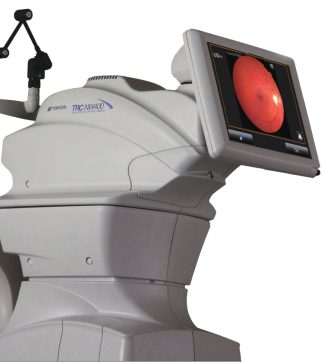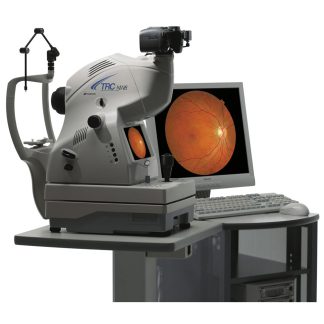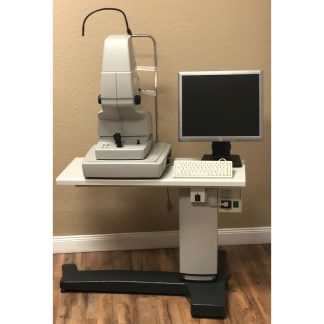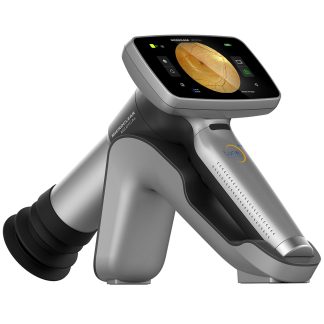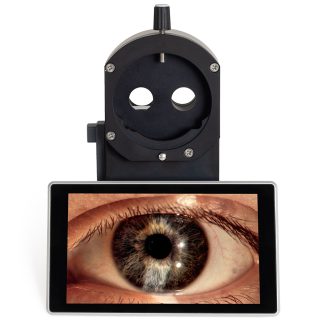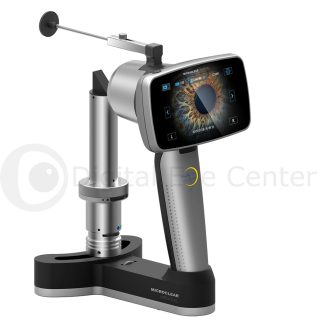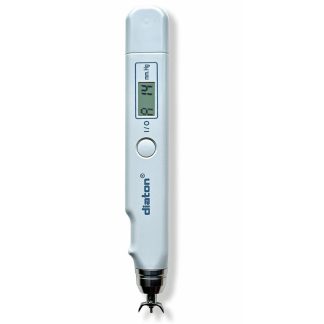Fundus Cameras
This type of camera allows for a detailed image of the retina, which is a crucial part of eye health.
With a non-mydriatic camera, the patient does not have to undergo pupillary dilation, which can be uncomfortable and time-consuming. This means that the images captured by the camera are more accurate, as they are not influenced by dilation.
The non-mydriatic nature of these cameras also reduces the overall exam time. Pupillary dilation can take up to 30 minutes, which can be inconvenient for the patient and the doctor.
In addition to reducing exam time, non-mydriatic fundus cameras also increase patient comfort. Pupillary dilation can cause discomfort and sensitivity to light, which can be a concern for many patients.
Another key benefit of using a non-mydriatic fundus camera is improved diagnostic accuracy. As mentioned earlier, the images captured by the camera are not influenced by pupillary dilation, which means that the doctor has a clearer view of the retina. This can lead to improved diagnostic accuracy, which can be crucial in the early detection and treatment of eye diseases.
Finally, non-mydriatic fundus cameras can be more cost-effective than traditional ones. The overall exam cost can also be reduced as the exam time is reduced. This can be especially beneficial for patients who are paying out of pocket, as well as for healthcare providers who are looking to save on costs.
Contact us if you have any questions

